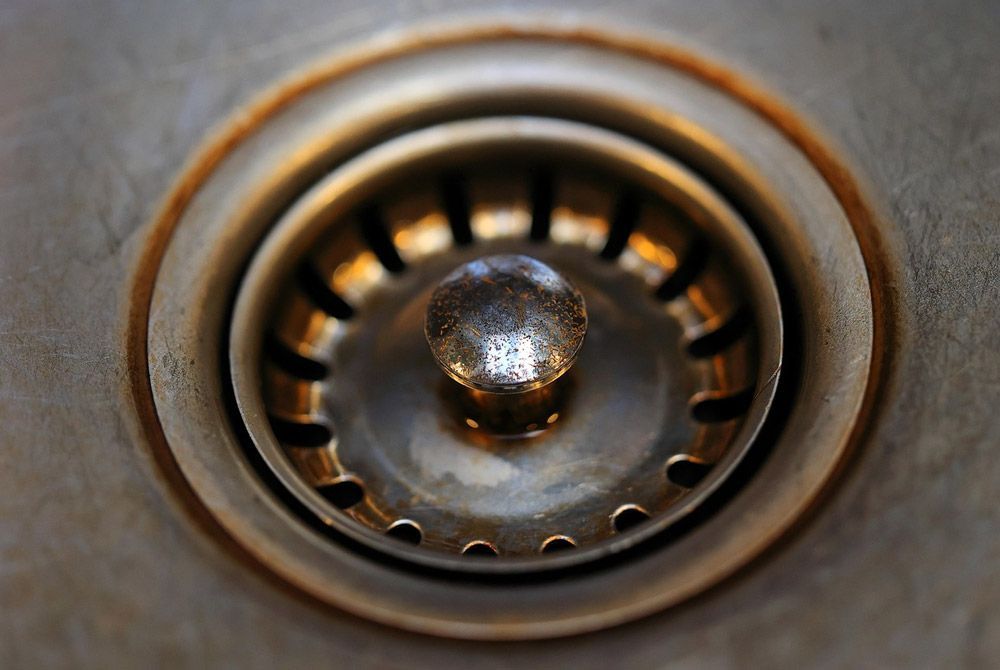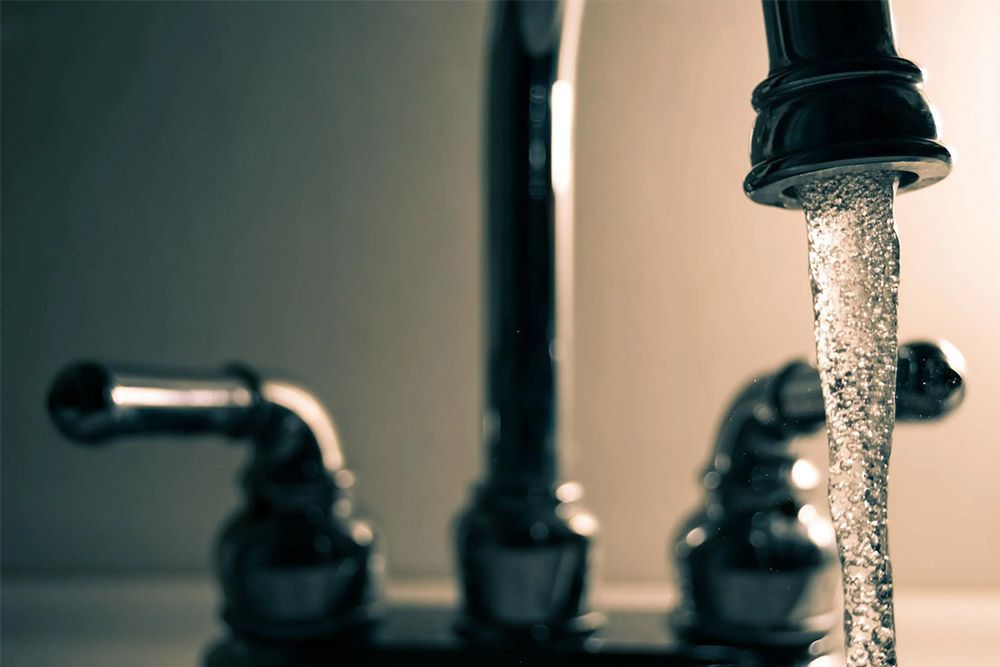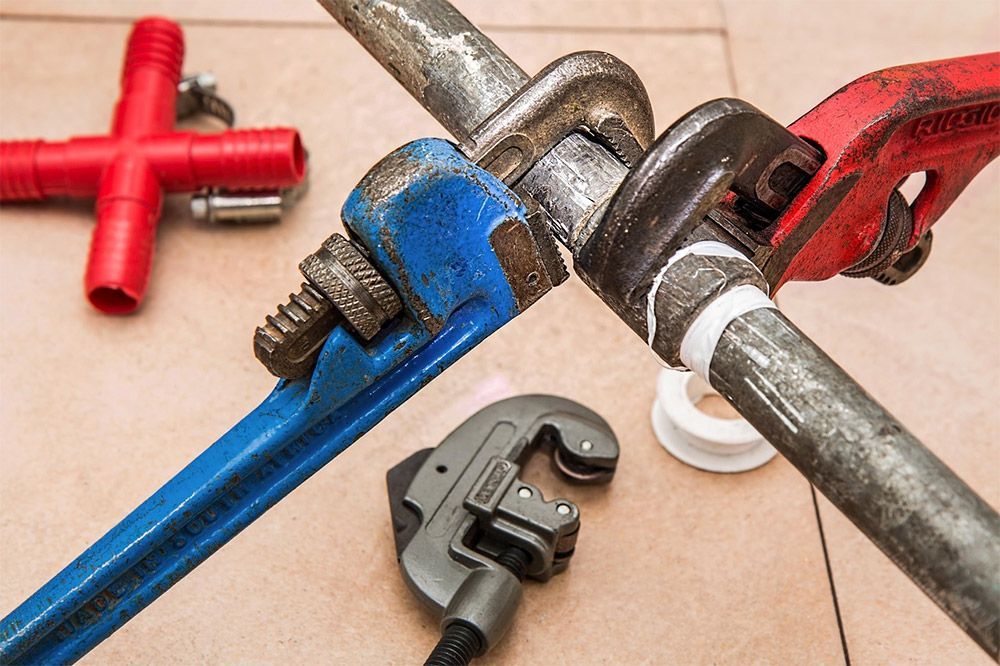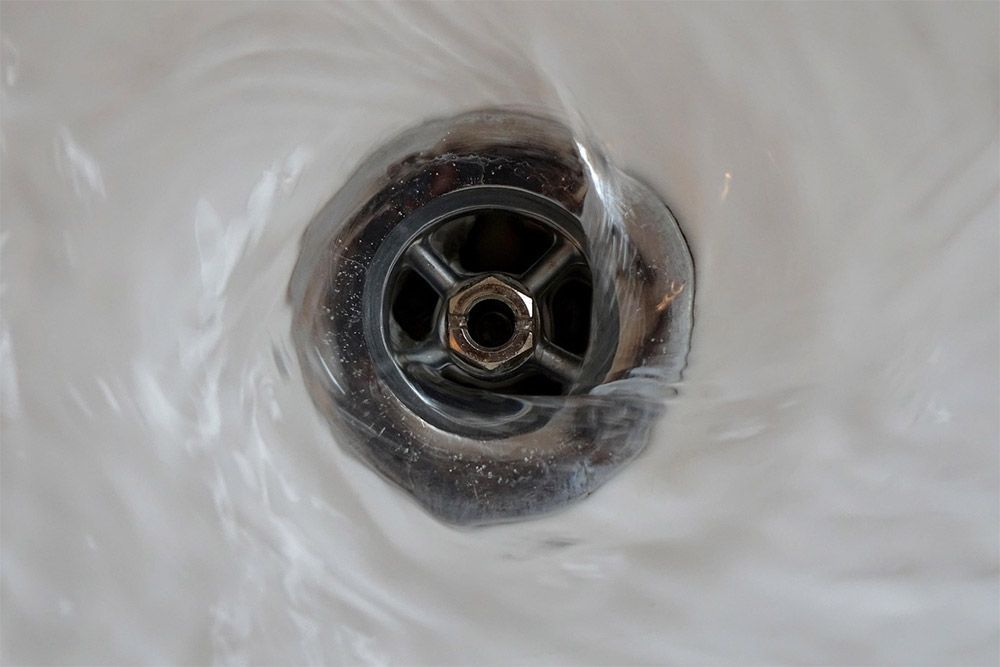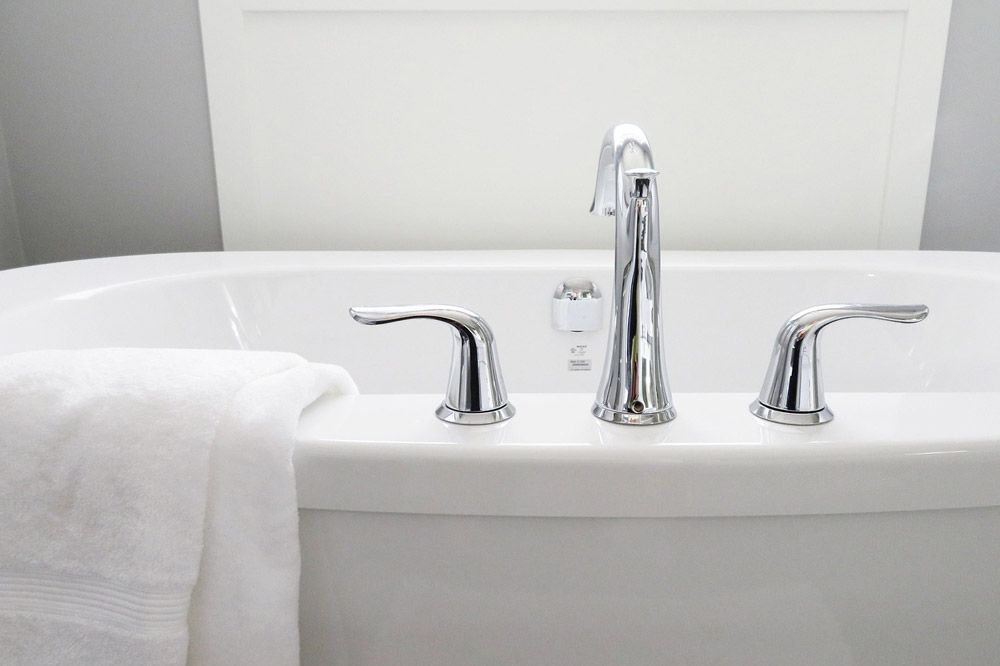How to Winterize Your Plumbing System to Avoid Frozen Pipes
When winter temperatures begin to fall, your plumbing system becomes vulnerable to one of the most common cold-weather disasters: frozen pipes. These are more than just a simple inconvenience. If they burst, it can cause major water damage, costly repairs, and serious disruption to the daily life within your home. According to the Insurance Institute for Business & Home Safety, burst pipes are one of the leading causes of property damage during the winter, with cleanup and repairs often totaling thousands of dollars.
The good news? Most frozen pipe issues are completely preventable with proper winterization. Colorado is an area where freezing temperatures can hit at any time, meaning it’s important to take the proper steps to protect your plumbing in Denver. Getting this protective winterization in place before the cold sets in is essential. Knowing why pipes freeze, what areas of your plumbing is at risk, and the step-by-step process to winterize your home can prevent frozen pipes going forward.
Why Frozen Pipes Are Dangerous
Understanding why pipes freeze and the risks involved helps highlight why winterization matters. When water freezes it expands by almost 10 percent. In a sealed pipe, this expansion creates immense pressure that can split even metal pipes. Once the ice melts, the water starts flowing again – and any crack or rupture turns into a leak or full-blown flood.
Burst pipes are one of the most common problems caused by frozen pipes, leading to extensive water damage. The lingering moisture after one of these leaks can also lead to mold growth. Water bills typically increase due to hidden leaks, which can also lead to structural damage to drywall, flooring, and even foundations. Sometimes you can even lose water service until repairs are made. Even a small crack in a pipe can release hundreds of gallons of water per day. Taking preventative action is far less expensive and stressful than dealing with an emergency repair later.
Which Pipes Are Most at Risk?
Not every pipe in your home has an equal chance of freezing. The most vulnerable pipes are those located in unheated or poorly insulated areas. Identifying these spots is the first step to protecting your plumbing system. Outdoor plumbing and exterior walls are high-risk areas. Garden hoses, hose bibs, sprinkler systems, and pool lines can all freeze, as can pipes that run along walls facing outside –especially if insulation is lacking.
Basements and crawl spaces are often cooler and drafty, making them a common problem area. Attics and garages also tend to have pipes exposed to outside air or poorly heated spaces. Cabinet pipes, such as those under kitchen or bathroom sinks, can be problematic, especially if they’re on exterior walls. If you know where your water lines run, focus your winterization efforts there. If you’re unsure, a plumber can help locate and assess vulnerable areas.
Winterizing Step 1: Disconnect
Outdoor plumbing is the first place you should focus when winterizing. Disconnect all garden hoses and store them indoors to prevent ice damage. Shut off the water supply to outdoor spigots using the interior shut-off valve (often located in the basement or utility room). Drain faucets completely by opening them and letting any remaining water run out. Install insulated faucet covers to add extra protection against freezing temperatures. If you have a sprinkler or irrigation system, follow the manufacturer’s instructions to drain and blow out the lines – or hire a professional to prevent damage.
Winterizing Step 2: Insulate & Seal
Adding insulation to vulnerable pipes helps them retain warmth and prevent freezing. Use foam pipe insulation sleeves, which are inexpensive and easy to install. For extremely cold areas, consider heat tape or heat cables that plug into an outlet and keep pipes warm. Focus on pipes in basements, crawl spaces, attics, and along exterior walls. Don’t forget short sections under sinks or near garage walls, which are common trouble spots. Insulating pipes also makes your home more energy efficient by reducing heat loss.
Also make sure to seal any drafts and/or air leaks. Cold air entering your home can quickly drop temperatures around pipes. Check for drafts near windows, doors, and where pipes pass through walls. Use caulk or spray foam insulation to seal gaps and cracks. Pay special attention to areas around dryer vents, electrical wiring, and plumbing penetrations. This step not only protects your pipes but also improves overall home efficiency.
Winterizing Step 3: Keep Interior Temps Stable
Even if you’re leaving home for just a few days, never let your house get too cold. Maintain indoor temperatures of at least 55 degrees, and open cabinet doors under sinks to allow warm air to circulate around pipes. If you’ll be away for an extended period, ask a neighbor to check on your home. This step is especially critical during power outages. Consider a backup generator if you live in an area with frequent winter storms.
Winterizing Step 4: Locate & Label Main Shut-Off Valve
Even with preparation, accidents can happen. Knowing where your main shut-off valve is – and how to operate it – can save thousands of dollars in damage. Locate the valve, usually in a basement, crawl space, or near the water meter. Label it clearly so everyone in your household can find it quickly. Practice turning it of so you’re ready in an emergency. If a pipe bursts, shutting off the water immediately minimizes the mess and damage.
For seasonal properties or homes that may sit vacant, you may need to take additional steps. Turn off the main water supply and locate all faucets. Open them all and completely drain the water from the pipes. Flush the toilets to empty the tanks and bowls. You can also consider adding RV antifreeze to drains and toilets for extra protection. All of these steps will ensure no water is left in the system to freeze and expand while you’re away from the property.
Other Tips for Successful Winterization
There are a number of other things you can do to ensure winter plumbing safety. One thing you can do, particularly if you experience extremely cold nights, is to keep a slow drip going. When temperatures plunge well below freezing, a slow trickle of water can help prevent frozen pipes. Turn on the faucet furthest away from the main water supply line. Allow both hot and cold water to drip slightly to keep water moving through the pipes. While this may give a little bump to your water bill, it’s far less expensive than replacing a burst pipe.
Another thing you can do is to get some upgrades to your system. Install a smart water monitor to keep tabs on your water usage. These devices track water usage and detect unusual patterns, like a sudden increase that may indicate a leak. Some even shut off the water automatically if they detect a problem. Frost-proof faucets are also an option. If you live in an area with frequent freezing, replacing standard outdoor spigots with frost-proof models can prevent many issues.
Water heaters also often work harder in the winter. To keep yours more efficient, drain the sediment from the tank annually, and insulate the tank and pipes leading to and from it. Check the temperature setting and keep it around 120 degrees for most households. You can also schedule regular plumbing inspections from a professional. These experts can identify hidden vulnerabilities you might miss. They can also test water pressure and check for small leaks. Plumbers can help insulate hard-to-reach pipes and winterize outdoor systems like sprinklers and pools. Consider having this done annually in late fall to catch problems early.
What to Do If a Pipe Freezes
Even with all of this preparation, sometimes pipes still freeze. Catching them early can prevent a disaster. Watch out for signs of a frozen pipe. This can include no water coming from the faucet, or unusual odors coming from a drain. If frost is visible on the outside of the pipe, or if you see bulging or cracked sections of pipe, there’s probably an issue worth investigating.
The immediate steps you can take are to turn off the water at the main shut-off valve and then turn on all faucets to relieve any pressure that’s build up. Gently warm the frozen pipe using a hair dryer, heating pad, or warm towels. Never use open flames or propane torches. Call a plumber right away if you can’t locate the frozen area or if a pipe has already burst.
Why Professional Help Is Worth It
While many homeowners can handle basic winterization tasks, a professional plumber offers extra expertise and peace of mind. They can identify at-risk areas you might overlook, install specialized heating systems or vulnerable pipes, and ensure your plumbing system is fully protected for the winter. The cost of a preventative plumbing inspection is minimal compared to that of emergency repairs following a burst pipe. Think of it as insurance for your home’s plumbing help. For more information, reach out to the experts at Afford-A-Rooter today.
The Afford-a-Rooter Plumbing Repair Guarantee
24/7 Immediate Response
Certified Emergency Plumbing Service Professionals
Affordable, High-Quality Services
Recent Blog Post
